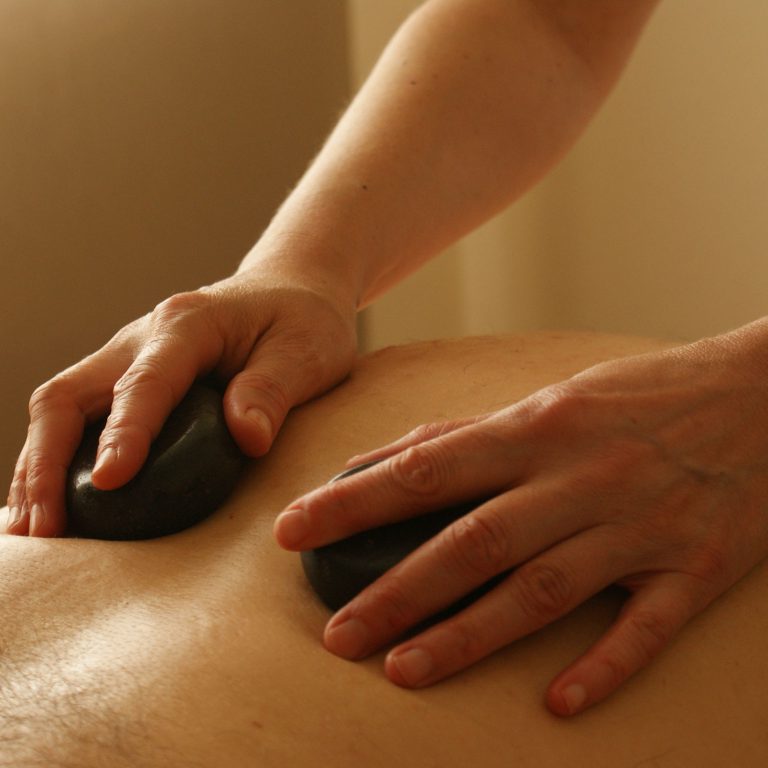Contemporary Medical Acupuncture vs. Traditional Chinese Acupuncture
In contemporary medical acupuncture, treatment is given after a conventional medical/neuro-functional diagnosis. This diagnosis is made based on established methods of a medical history taking and physical examination. After the diagnosis is established, the practitioner will use acupuncture needles to influence the physiology of specific structures that were identified in the initial examination.
Needle placement will be determined based on specific goals to affect local tissue structures, target specific spinal segmental outflow, as well as influence central regulatory effects on the nervous system. In summary the points used in this form of acupuncture are chosen based on their specific anatomical targets based on your condition. The practitioner will typically use contemporary medical acupuncture as another treatment tool along with other therapeutic approaches such as: manual joint manipulation and mobilization, soft tissue techniques, stretching and rehabilitation exercises.
On the other hand, a traditional Chinese acupuncturist will also do a comprehensive examination but make a diagnosis based on theories regarding disturbance in the body’s energy balance to be addressed with treatment. More information on the traditional Chinese approach can be found on our Naturopathic Medicine page (click here).
Mechanisms of Effect
There are a number of mechanisms that help to understand why acupuncture can be so effective at treating musculoskeletal conditions:
- Local Effects – Acupuncture promotes local healing by increasing blood flow to the area where the needles were inserted.
- Segmental Analgesia – Acupuncture reduces pain in the segment where the needles are inserted.
- Extrasegmental Analgesia – Acupuncture reduces pain in the entire body. The signals from sensory nerves that are sent to the spinal cord then travel upwards to the brainstem, and here they stimulate the body’s own pain suppressing mechanisms.
- Central Regulatory Effects – Acupuncture has a calming effect and improves well being. After reaching the brain stem, signals then go on to influence various parts of the brain.
- Myofascial Trigger Points – Acupuncture inactivates myofascial trigger points. Recent or past injury to muscles and the soft tissue structures around them can develop small areas of damage that take longer to heal and cause persistent pain. This may present as a taut band with an acutely tender spot that can sometimes refer some distance away and often inhibit normal movement due to pain.
For more information about general treatment considerations (length of treatment, how many needles, etc.) visit our Chiropractic page (click here)
In Summary:
- While contemporary medical acupuncture and traditional Chinese acupuncture differ in terms of how they formulate diagnoses and treat various conditions, both offer value in terms of clinical effect.
- Contemporary medical acupuncture is an excellent addition to many musculoskeletal treatment plans as it offers an effective and safe method of targeting specific structures and functions identified from the physical examination.
- If you have any questions about how medical contemporary acupuncture may benefit your specific condition feel free to book a free 15 minutes consultation with our Chiropractor today.
References:
White A, Filshie J, editors – An Introduction To Western Medical Acupuncture.



